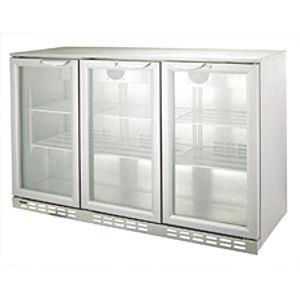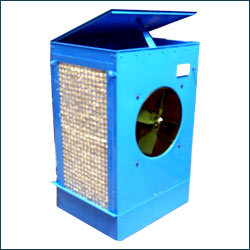Difference between revisions of "Coolers"
| (One intermediate revision by the same user not shown) | |||
| Line 1: | Line 1: | ||
A | [[Category:Cooling]]{{Knoppen}} | ||
<noinclude><!------------------------------------------------ | |||
* READ THIS FIRST | |||
* Only edit this page if you can improve the content. | |||
* Improper use of this page will lead to permanent banning. | |||
* Please do not edit the sponsored link on the top right corner. | |||
* Please start editing this page after the /noinclude | |||
* -------------------------------------------------></noinclude> | |||
[[File:Coolers.jpg|thumb|right|Coolers]] | |||
[[File:Desert-Cooler.jpg|thumb|right|Desert Coolers]] | |||
A '''Coolers''' most commonly is an insulated box used to keep food or drink cool. Ice cubes are most commonly placed in it to help the things inside stay cool. Ice packs are sometimes used, as they either contain the melting water inside, or have a gel sealed inside that stays cold longer than plain ice (absorbing heat as it changes phase). | |||
The Coleman Company popularized the cooler, sometimes known as an ice box in the United States, with its initial offering of a galvanized cooler in 1954. Three years later, Coleman developed a process to make a plastic liner for coolers and jugs. | |||
The Coleman Company popularized the cooler, sometimes known as an | |||
They are usually made with interior and exterior shells of plastic, with a hard foam in between. They come in sizes from small personal ones to large family ones with wheels. Disposable ones are made solely from polystyrene foam about 2 cm or one inch thick. Most reusable ones have molded-in handles; a few have shoulder straps. | They are usually made with interior and exterior shells of plastic, with a hard foam in between. They come in sizes from small personal ones to large family ones with wheels. Disposable ones are made solely from polystyrene foam about 2 cm or one inch thick. Most reusable ones have molded-in handles; a few have shoulder straps. | ||
Coolers are often taken on picnics, and on vacation or holiday. Where summers are hot, they may also be used just for getting cold groceries home from the store, such as keeping ice cream from melting in a hot automobile. Even without adding ice, this can be helpful, particularly if the trip home will be lengthy. | Coolers are often taken on picnics, and on vacation or holiday. Where summers are hot, they may also be used just for getting cold groceries home from the store, such as keeping ice cream from melting in a hot automobile. Even without adding ice, this can be helpful, particularly if the trip home will be lengthy. | ||
Latest revision as of 12:18, 3 August 2012
A Coolers most commonly is an insulated box used to keep food or drink cool. Ice cubes are most commonly placed in it to help the things inside stay cool. Ice packs are sometimes used, as they either contain the melting water inside, or have a gel sealed inside that stays cold longer than plain ice (absorbing heat as it changes phase).
The Coleman Company popularized the cooler, sometimes known as an ice box in the United States, with its initial offering of a galvanized cooler in 1954. Three years later, Coleman developed a process to make a plastic liner for coolers and jugs. They are usually made with interior and exterior shells of plastic, with a hard foam in between. They come in sizes from small personal ones to large family ones with wheels. Disposable ones are made solely from polystyrene foam about 2 cm or one inch thick. Most reusable ones have molded-in handles; a few have shoulder straps. Coolers are often taken on picnics, and on vacation or holiday. Where summers are hot, they may also be used just for getting cold groceries home from the store, such as keeping ice cream from melting in a hot automobile. Even without adding ice, this can be helpful, particularly if the trip home will be lengthy.

